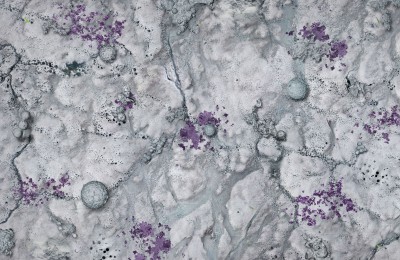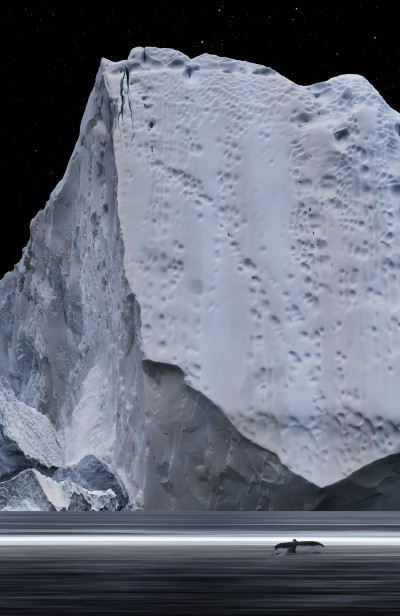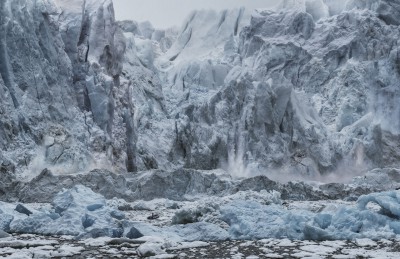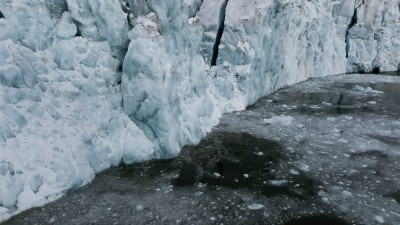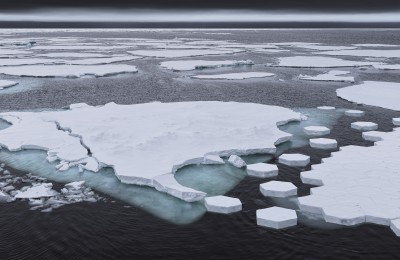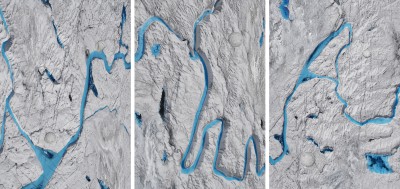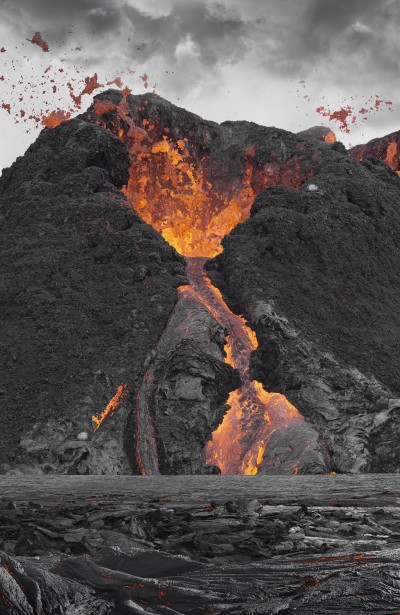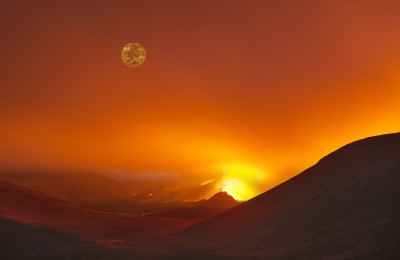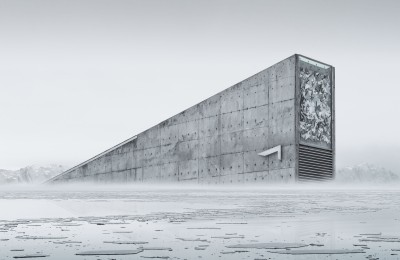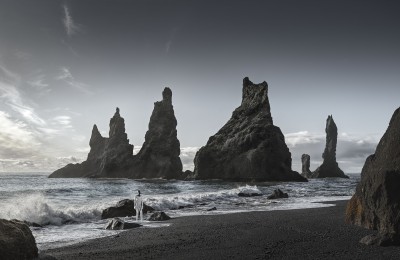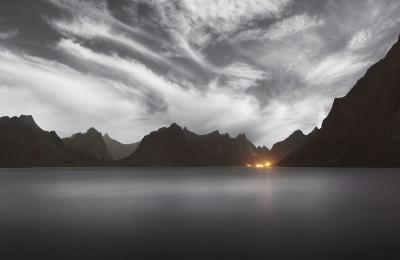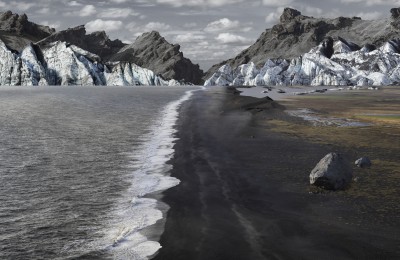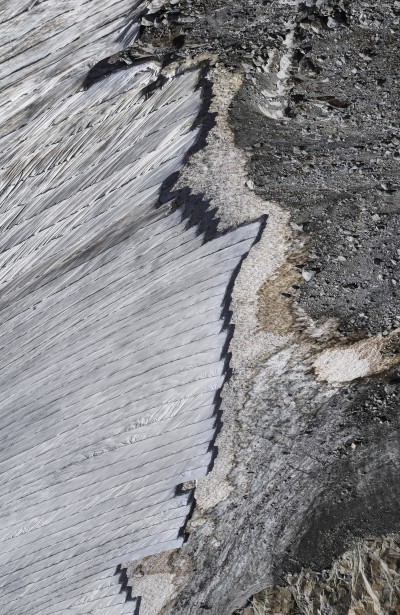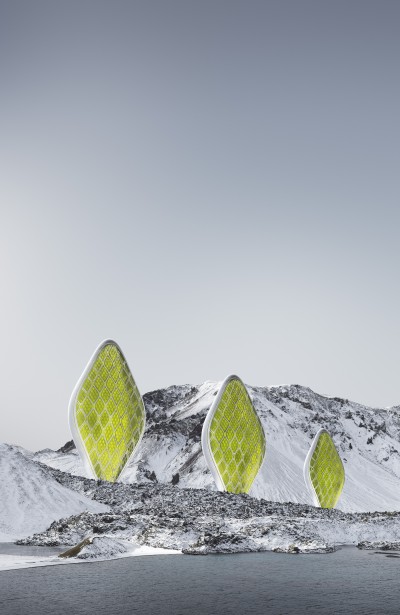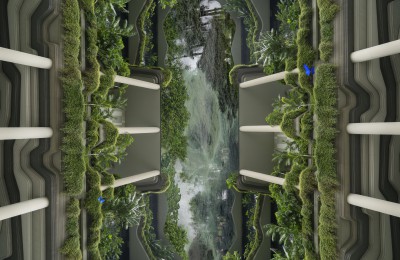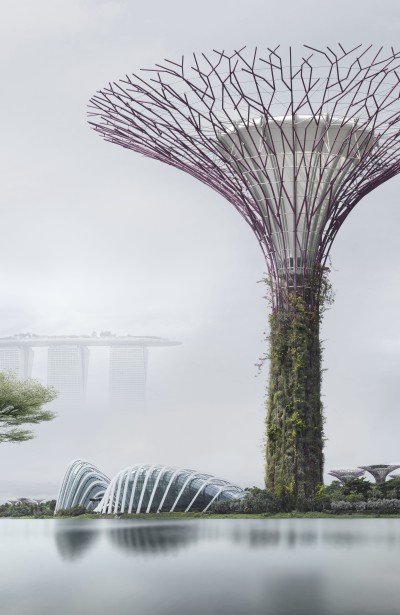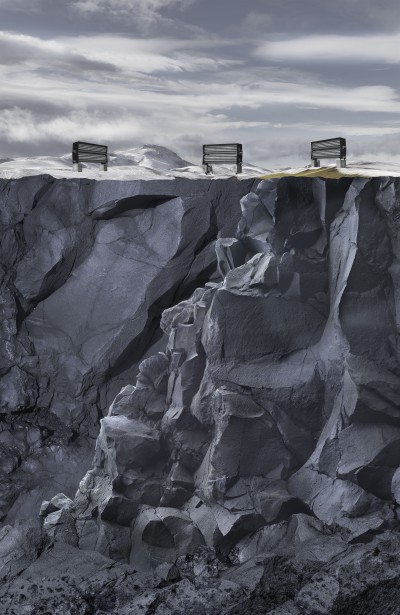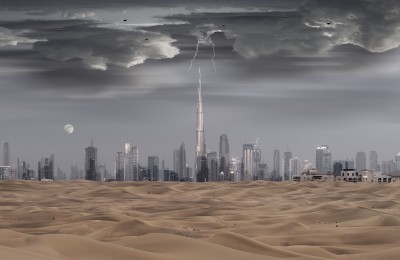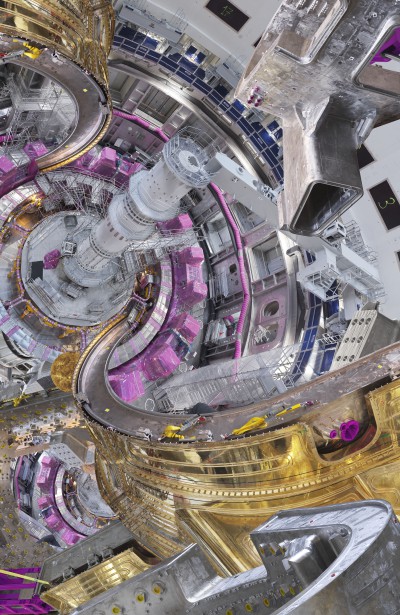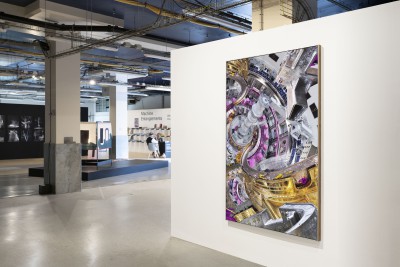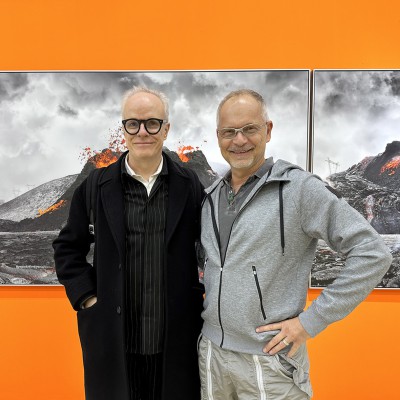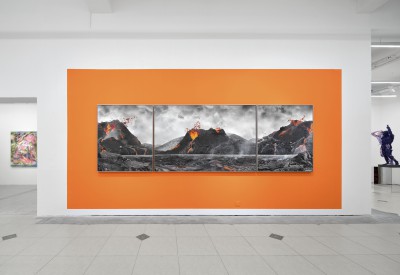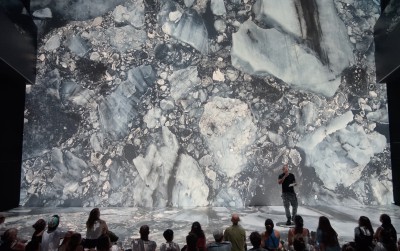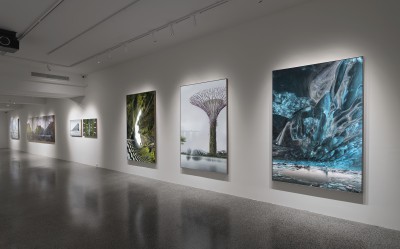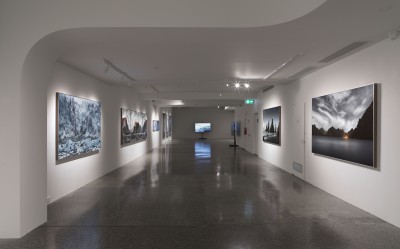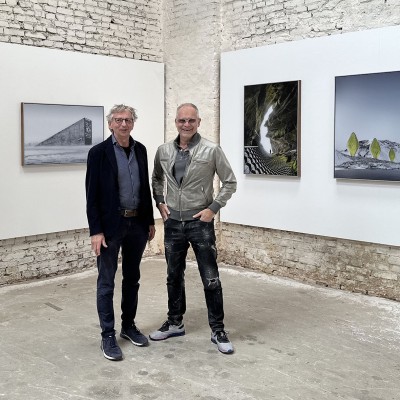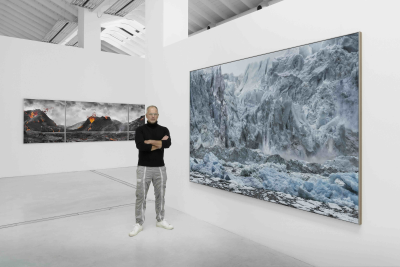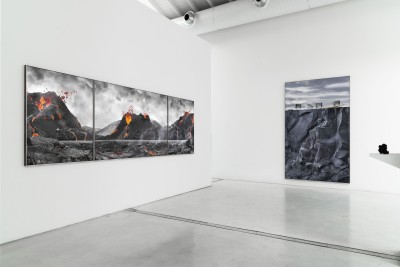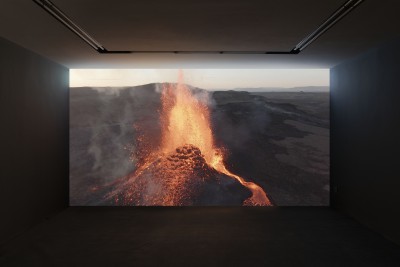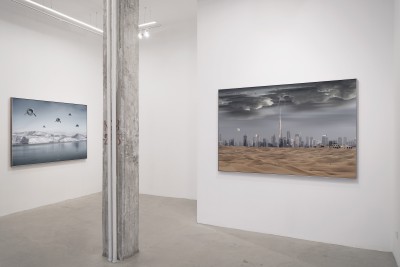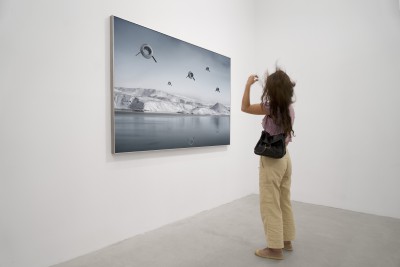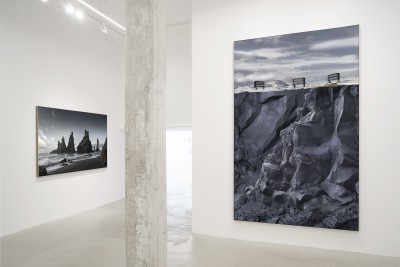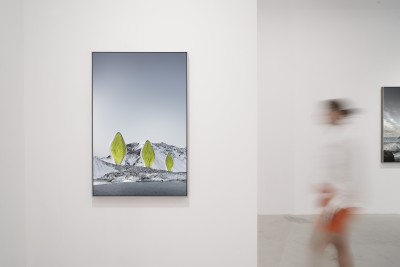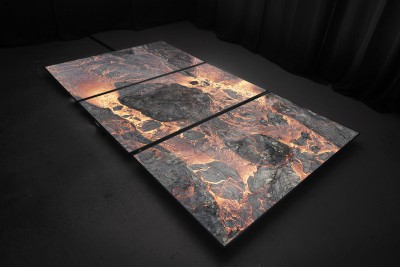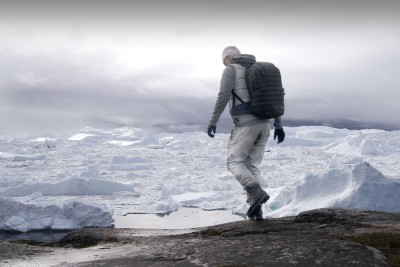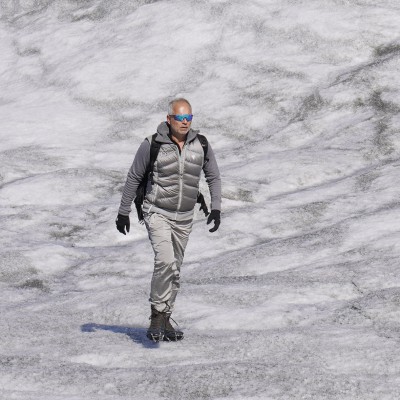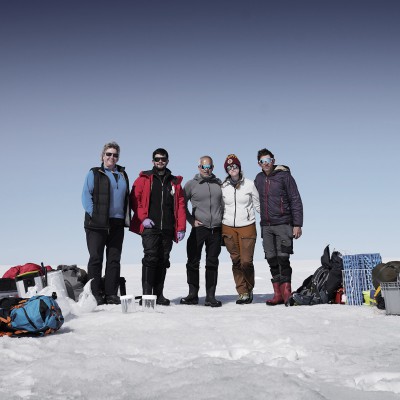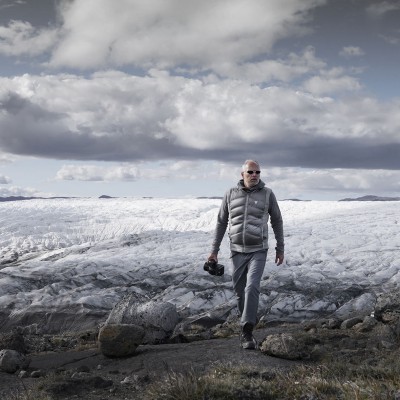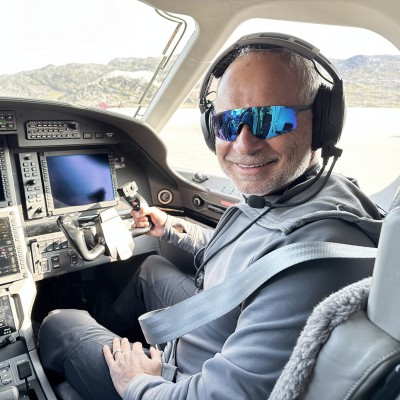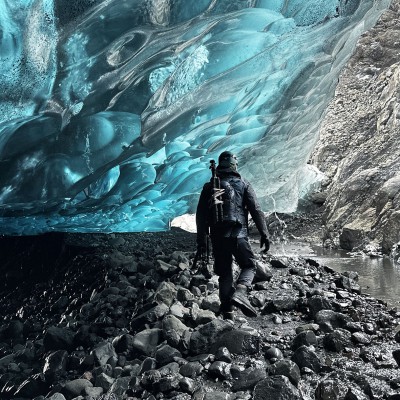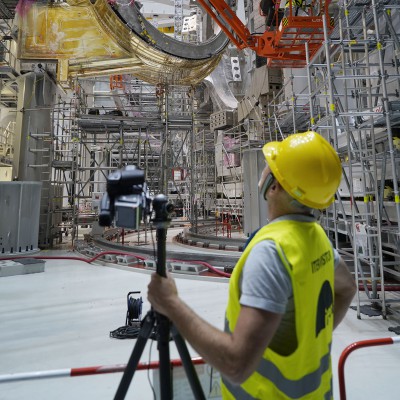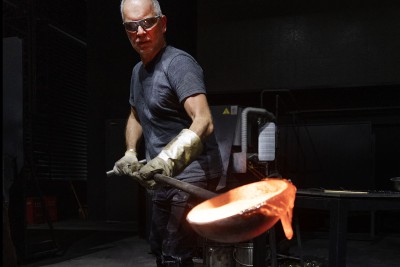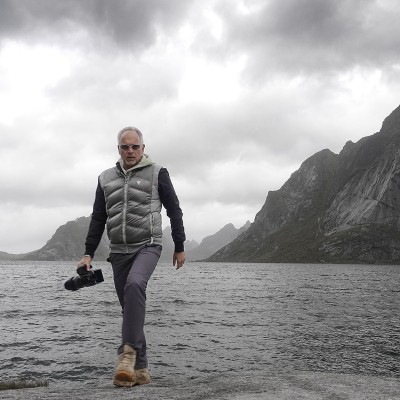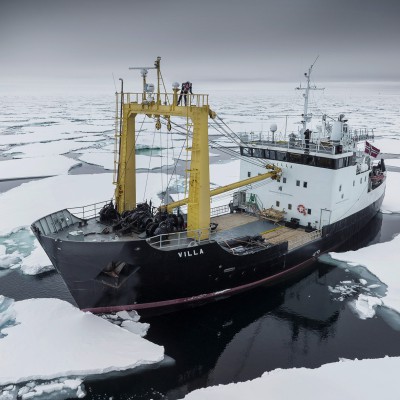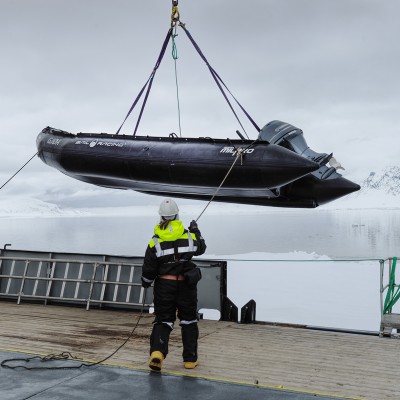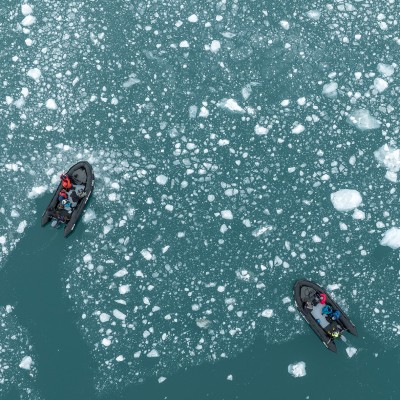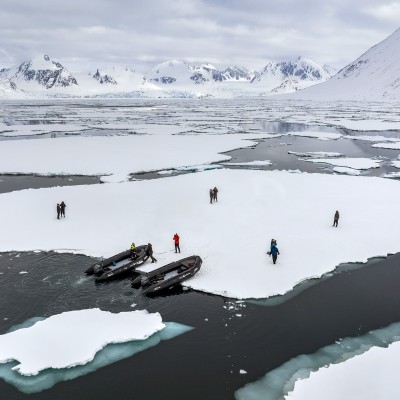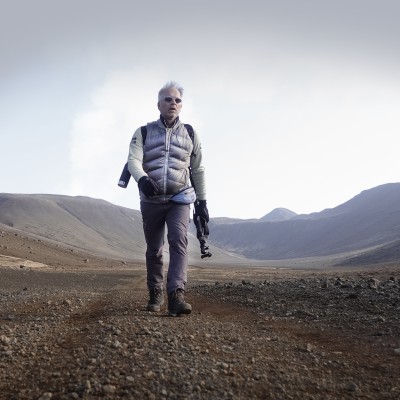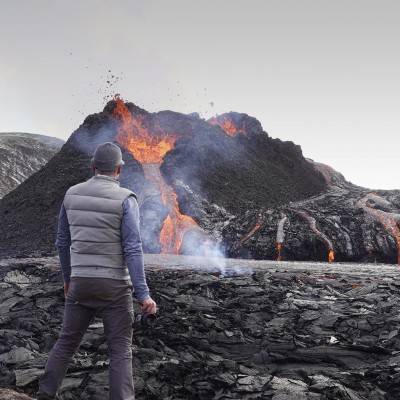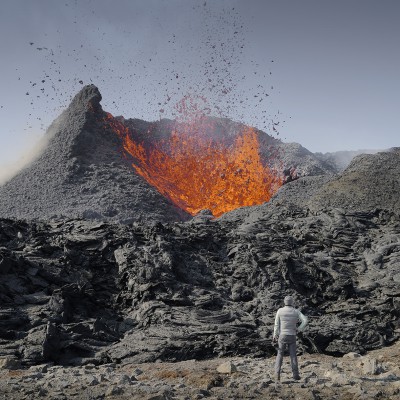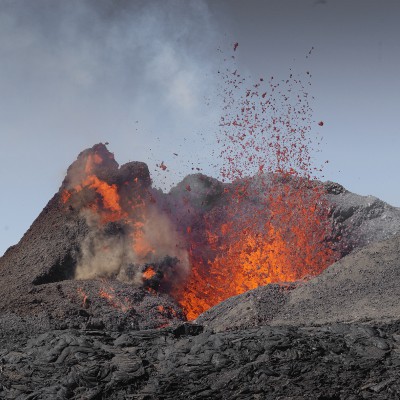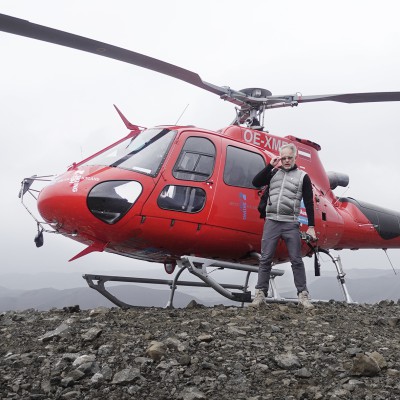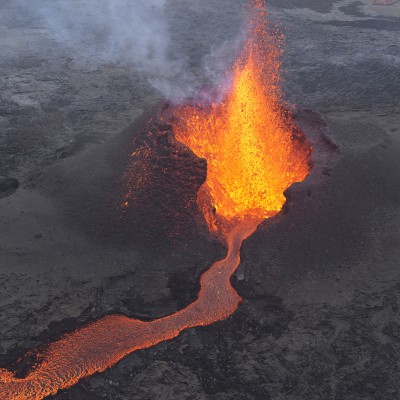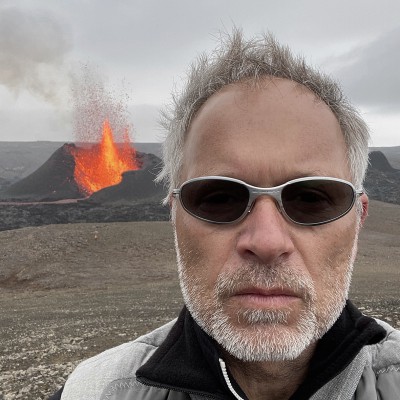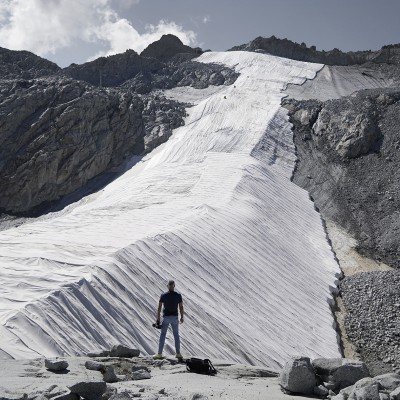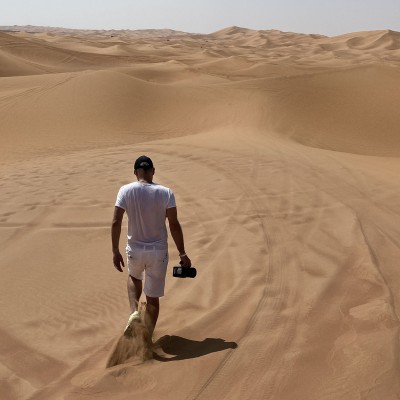cool earth

Michael Najjar’s latest work series “cool earth” deals with our planetary future in times of climate change as well as with the role of new climate technologies. At its core is the examination of the far-reaching ecological, economic, and cultural consequences of anthropogenic climate change, which leads to a fundamental redefinition of the relationship between humans and nature. In the new epoch of the Anthropocene, humans have become the major transformative force in the Earth system, which is increasingly reaching its limits. Humans are now altering nature for hundreds of thousands of years into the future; the natural environment is being transformed into post-natural landscapes, the technosphere envelops our planet and is expanding increasingly into outer space. We are approaching a time in which the technical and the natural struggle over the future shape of the world. Their synthesis will be decisive for the future of our planet.
Since Alexander von Humboldt, we have known that the E¬arth is a complex, finely tuned, and self-regulating system in which everything is connected to everything else. Biophysical processes link the polar regions with equatorial areas, local weather systems interact with global precipitation patterns, the oceans exchange energy with the atmosphere, and biodiversity stabilizes our ecosystems. Today, science speaks of nine planetary boundaries — biophysical thresholds within which life on Earth remains in stable trajectories. They form a safe operating space for humans and nature. If these boundaries are crossed, we enter a high-risk zone with irreversible change. If too many of these tipping points are triggered simultaneously — in the rainforest, the polar ice, or ocean circulation — feedback effects threaten to throw the entire Earth system out of balance. A global temperature rise of more than two degrees could trigger this domino effect. What is still a stable, though tense, equilibrium today could turn into a chaotic system — with unpredictable consequences for life as we know it.
In view of the dramatic consequences of climate change for future generations, technical, aesthetic, and cultural new perspectives are needed. Topics such as geoengineering, weather manipulation, terraforming, satellite-based Earth observation, biophilic architecture, new energy sources and transport systems, as well as urban future designs, are at the center of the series. It raises the question of if and to what extent technologies can help us shape the planetary future — and what price we will have to pay for it. Scientists are increasingly discussing the possibilities of large-scale technical interventions in the natural Earth systems, known as climate engineering: targeted technical interventions in the Earth’s geo- and biochemical cycles, the oceans, soils, and atmosphere. These include measures such as the active removal and storage of CO₂, the release of aerosols into the stratosphere to control the radiation balance, cloud brightening, the use of space reflectors, artificial weather modification, ocean fertilization, technical production of polar ice, desert transformation, ocean farming, or large-scale artificial reforestation. Although many approaches are still theoretical and we know little about the global effects of such interventions, these instruments could become indispensable in a world warmed by two degrees.
To realize his works, Michael Najjar works closely with renowned scientists and leading climate institutes. Together with them, he embarks on extreme expeditions — to volcanic eruptions, glacier calvings, and the Greenland ice sheet. The images and scientific data obtained serve as the basis for the subsequent creation of his works. The interdisciplinary exchange with researchers, engineers, and scientists also opens up a visionary view of the future for Najjar: many of his works address developments in climate technologies — technologies that still seem like science fiction today but could soon become reality.
The “cool earth” series spans the arc from a looming dystopian future — which has already arrived in the present — to a technology-based, decarbonized, post-fossil world. It connects to themes Najjar already explored in his previous series “outer space” — such as terraforming and the remapping of Earth systems from orbit. Through artistic engagement with the challenges of the climate crisis, invisible connections are made visible, reflection processes are initiated, and visionary future scenarios beyond the fossil age are visualized. The works of the “cool earth” series act as a resonance body that connects scientific knowledge and technological utopias with aesthetic construction. The images and video works open up a field of thought of possible futures for the viewer — designs of a livable, post-destructive world within our planetary boundaries.
